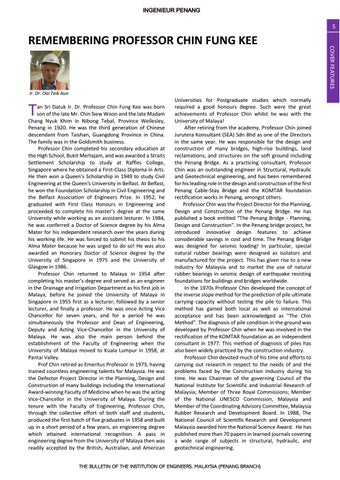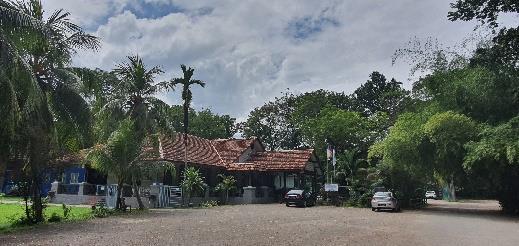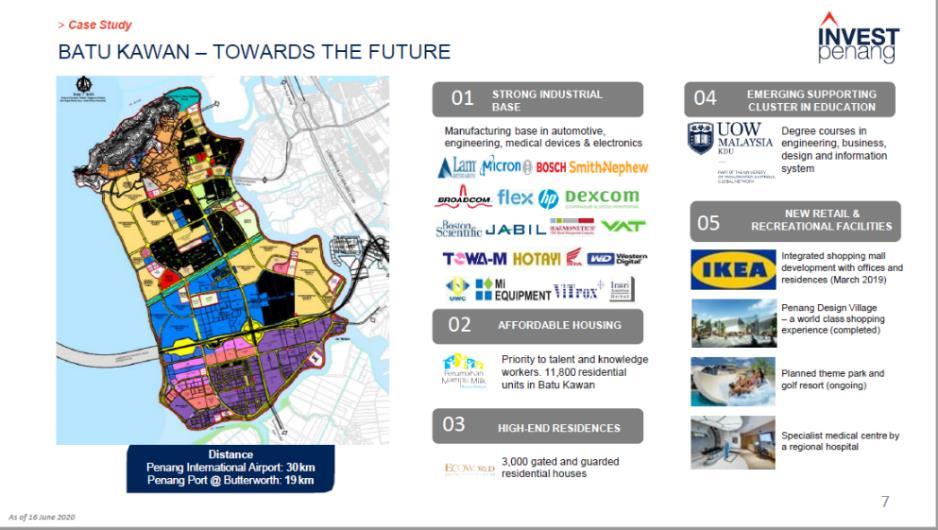5
Ir. Dr. Ooi Teik Aun
T
an Sri Datuk Ir. Dr. Professor Chin Fung Kee was born son of the late Mr. Chin Siew Woon and the late Madam Chang Nyuk Khim in Nibong Tebal, Province Wellesley, Penang in 1920. He was the third generation of Chinese descendant from Taishan, Guangdong Province in China. The family was in the Goldsmith business. Professor Chin completed his secondary education at the High School, Bukit Mertajam, and was awarded a Straits Settlement Scholarship to study at Raffles College, Singapore where he obtained a First-Class Diploma in Arts. He then won a Queen's Scholarship in 1949 to study Civil Engineering at the Queen's University in Belfast. At Belfast, he won the Foundation Scholarship in Civil Engineering and the Belfast Association of Engineers Prize. In 1952, he graduated with First Class Honours in Engineering and proceeded to complete his master’s degree at the same University while working as an assistant lecturer. In 1984, he was conferred a Doctor of Science degree by his Alma Mater for his independent research over the years during his working life. He was forced to submit his thesis to his Alma Mater because he was urged to do so! He was also awarded an Honorary Doctor of Science degree by the University of Singapore in 1975 and the University of Glasgow in 1986. Professor Chin returned to Malaya in 1954 after completing his master’s degree and served as an engineer in the Drainage and Irrigation Department as his first job in Malaya, before he joined the University of Malaya in Singapore in 1955 first as a lecturer, followed by a senior lecturer, and finally a professor. He was once Acting Vice Chancellor for seven years, and for a period he was simultaneously the Professor and Dean of Engineering, Deputy and Acting Vice-Chancellor in the University of Malaya. He was also the main person behind the establishment of the Faculty of Engineering when the University of Malaya moved to Kuala Lumpur in 1958, at Pantai Valley. Prof Chin retired as Emeritus Professor in 1973, having trained countless engineering talents for Malaysia. He was the Defector Project Director in the Planning, Design and Construction of many buildings including the International Award-winning Faculty of Medicine when he was the acting Vice-Chancellor in the University of Malaya. During the tenure with the Faculty of Engineering, Professor Chin, through the collective effort of both staff and students, produced the first batch of five graduates in 1958 and built up in a short period of a few years, an engineering degree which attained international recognition. A pass in engineering degree from the University of Malaya then was readily accepted by the British, Australian, and American
Universities for Postgraduate studies which normally required a good honours degree. Such were the great achievements of Professor Chin whilst he was with the University of Malaya! After retiring from the academy, Professor Chin joined Jurutera Konsultant (SEA) Sdn Bhd as one of the Directors in the same year. He was responsible for the design and construction of many bridges, high-rise buildings, land reclamations, and structures on the soft ground including the Penang Bridge. As a practicing consultant, Professor Chin was an outstanding engineer in Structural, Hydraulic and Geotechnical engineering, and has been remembered for his leading role in the design and construction of the first Penang Cable-Stay Bridge and the KOMTAR foundation rectification works in Penang, amongst others. Professor Chin was the Project Director for the Planning, Design and Construction of the Penang Bridge. He has published a book entitled "The Penang Bridge - Planning, Design and Construction". In the Penang bridge project, he introduced innovative design features to achieve considerable savings in cost and time. The Penang Bridge was designed for seismic loading! In particular, special natural rubber bearings were designed as isolators and manufactured for the project. This has given rise to a new industry for Malaysia and to market the use of natural rubber bearings in seismic design of earthquake resisting foundations for buildings and bridges worldwide. In the 1970s Professor Chin developed the concept of the inverse slope method for the prediction of pile ultimate carrying capacity without testing the pile to failure. This method has gained both local as well as international acceptance and has been acknowledged as "The Chin Method". The diagnosis of pile condition in the ground was developed by Professor Chin when he was involved in the rectification of the KOMTAR foundation as an independent consultant in 1977. This method of diagnosis of piles has also been widely practiced by the construction industry. Professor Chin devoted much of his time and efforts to carrying out research in respect to the needs of and the problems faced by the Construction Industry during his time. He was Chairman of the governing Council of the National Institute for Scientific and Industrial Research of Malaysia; Member of Three Royal Commissions; Member of the National UNESCO Commission, Malaysia and Member of the Coordinating Advisory Committee, Malaysia Rubber Research and Development Board. In 1988, The National Council of Scientific Research and Development Malaysia awarded him the National Science Award. He has published more than 70 papers in learned journals covering a wide range of subjects in structural, hydraulic, and geotechnical engineering.
THE BULLETIN OF THE INSTITUTION OF ENGINEERS, MALAYSIA (PENANG BRANCH)
COVER FEATURES
REMEMBERING PROFESSOR CHIN FUNG KEE




